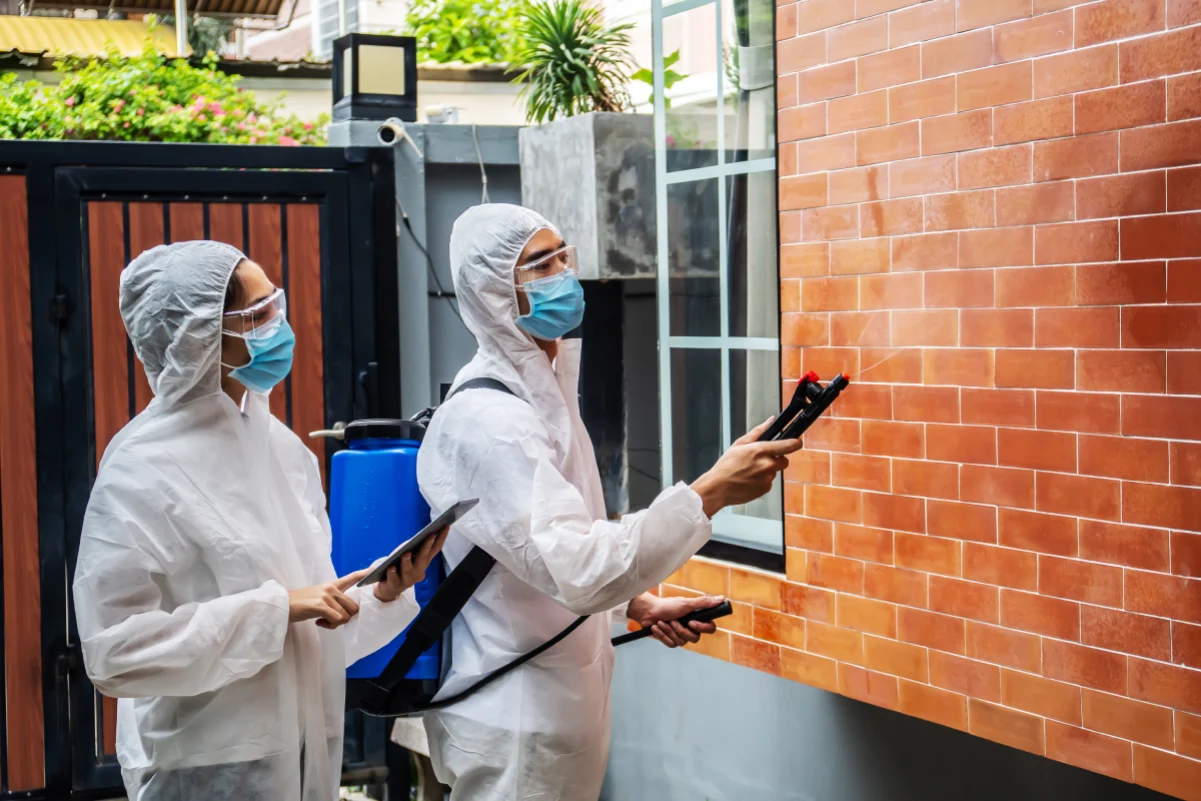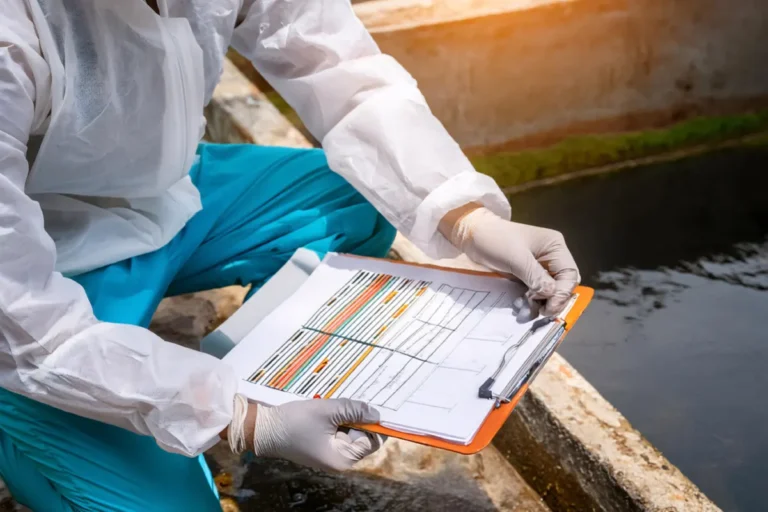Currently Empty: $0.00
Restoration
Comprehensive Guide to Mold Inspections: How Restoration Professionals Can Identify and Address Mold Issues
- November 9, 2023
- Com 0

Introduction
Mold is a pervasive issue that can lead to significant health risks and property damage. Whether mold is caused by water leaks, humidity, or poor ventilation, it’s essential to address mold problems early on. In this blog, we will provide a detailed guide to mold inspections, helping restoration professionals understand how to identify mold issues and offer solutions for effective mold remediation.
Why Mold Inspections Are Critical
Mold can develop in hidden areas like behind walls or under floors, making it difficult for property owners to detect until significant damage has occurred. A thorough mold inspection is crucial to assess the full extent of the problem and prevent future health hazards.


Step 1: Visual Inspection The first step in mold inspection is a visual check of the property for visible mold growth. Common areas to check include bathrooms, basements, kitchens, and other areas where moisture may accumulate. Restoration professionals should be trained to identify different types of mold and recognize early signs of mold development.
Step 2: Moisture and Humidity Testing Mold thrives in damp environments, so measuring the moisture levels in the affected areas is essential. Restoration professionals use moisture meters to determine if hidden areas, such as walls and ceilings, are retaining excess moisture that could support mold growth. Humidity levels should also be checked, as high humidity can encourage mold proliferation.
Step 3: Air Quality Testing In some cases, mold may be present but not visible. Air quality testing can help detect mold spores in the air, which may indicate mold growth in concealed areas. Air sampling is particularly useful in large commercial properties or homes with extensive mold contamination.
Step 4: Identifying Potential Sources of Moisture Mold growth is often the result of a persistent moisture problem. It’s essential to identify the root cause of the moisture, whether it’s a plumbing leak, roof damage, or poor ventilation. Addressing the source of moisture is a critical step in preventing future mold problems.
Step 5: Comprehensive Mold Report After the inspection, a comprehensive report should be created that details the mold findings, including the severity of the contamination, affected areas, and recommended remediation steps. This report is invaluable for both the property owner and the insurance company, ensuring everyone is on the same page regarding the mold issue.
Conclusion
A thorough mold inspection is the first step toward effective mold remediation. Restoration professionals must be equipped with the right tools and knowledge to perform comprehensive mold assessments. By identifying mold issues early and addressing the root causes of moisture, they can prevent further damage and protect the health of the property’s occupants.
SEO Focus Keywords: mold inspection services, mold testing for restoration, identify mold problems, air quality mold testing, moisture meter for mold
Tags:




